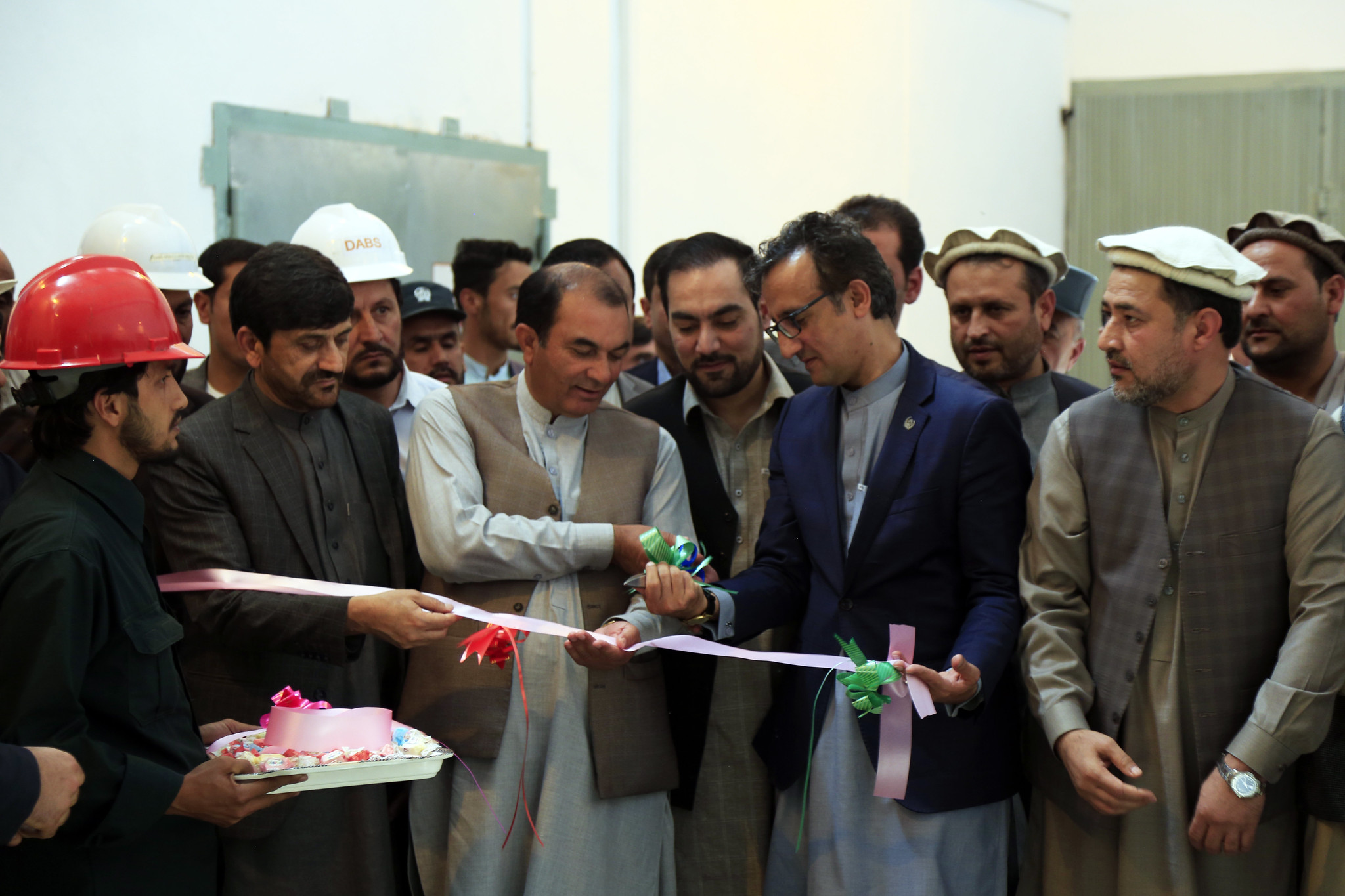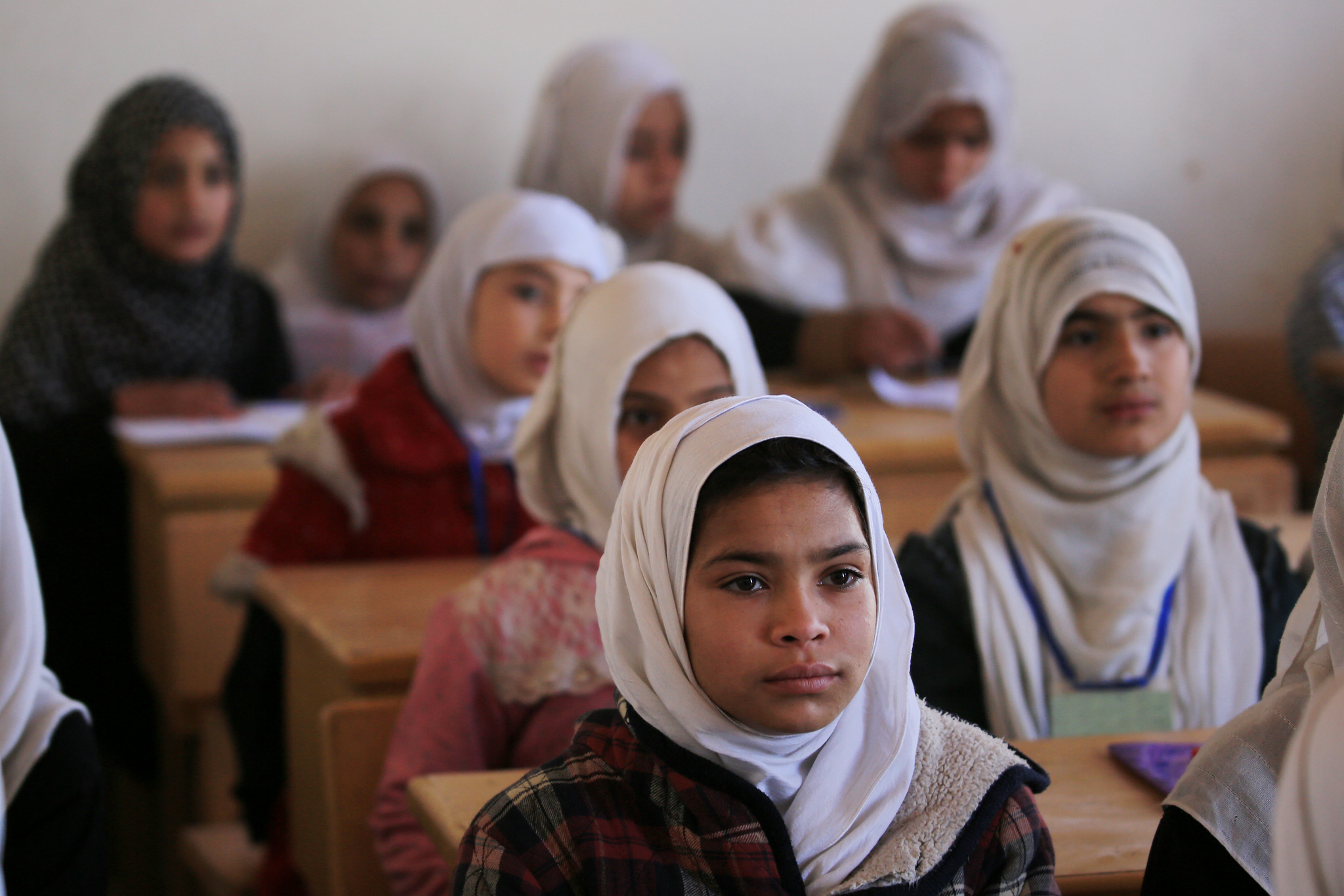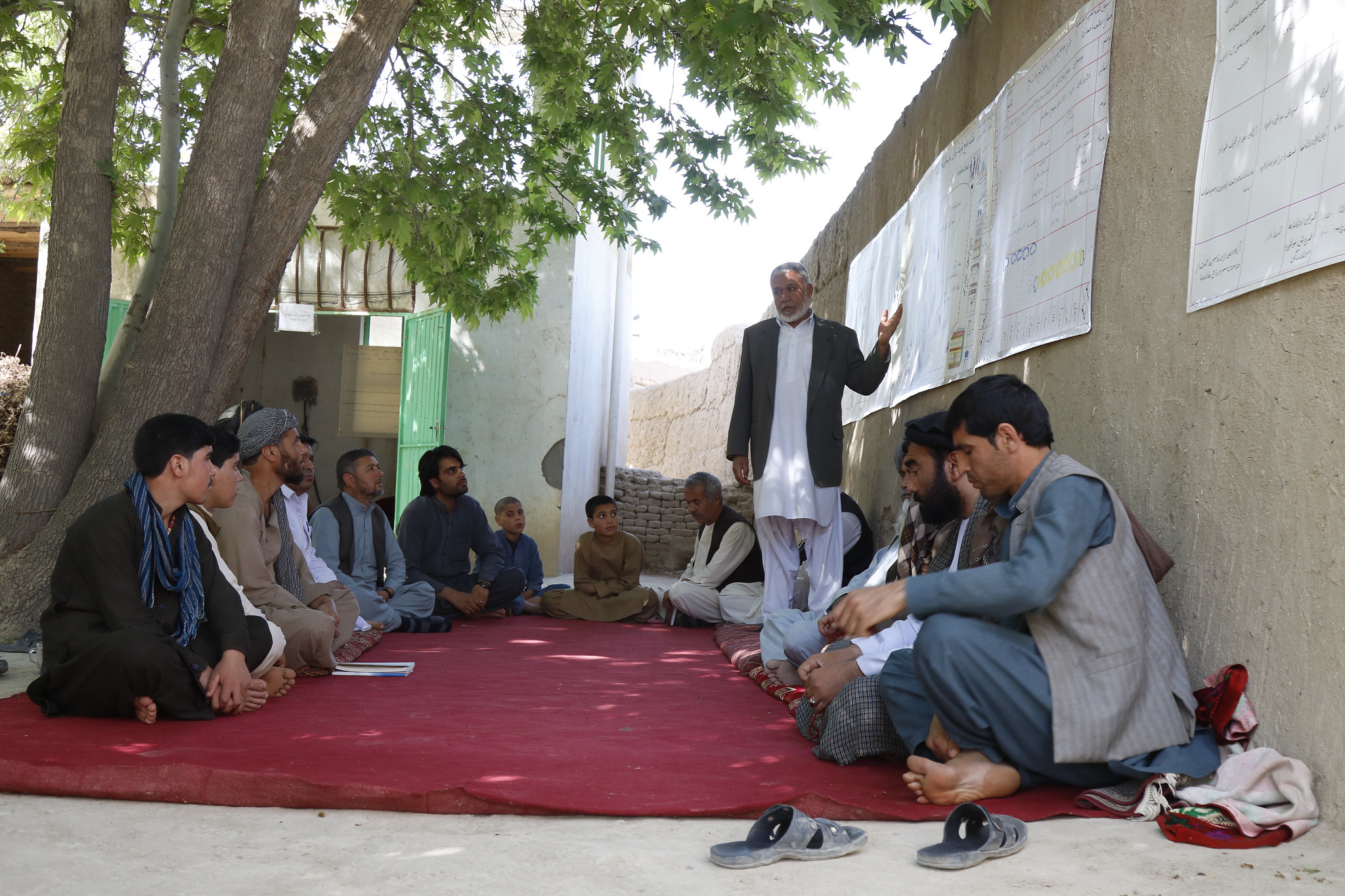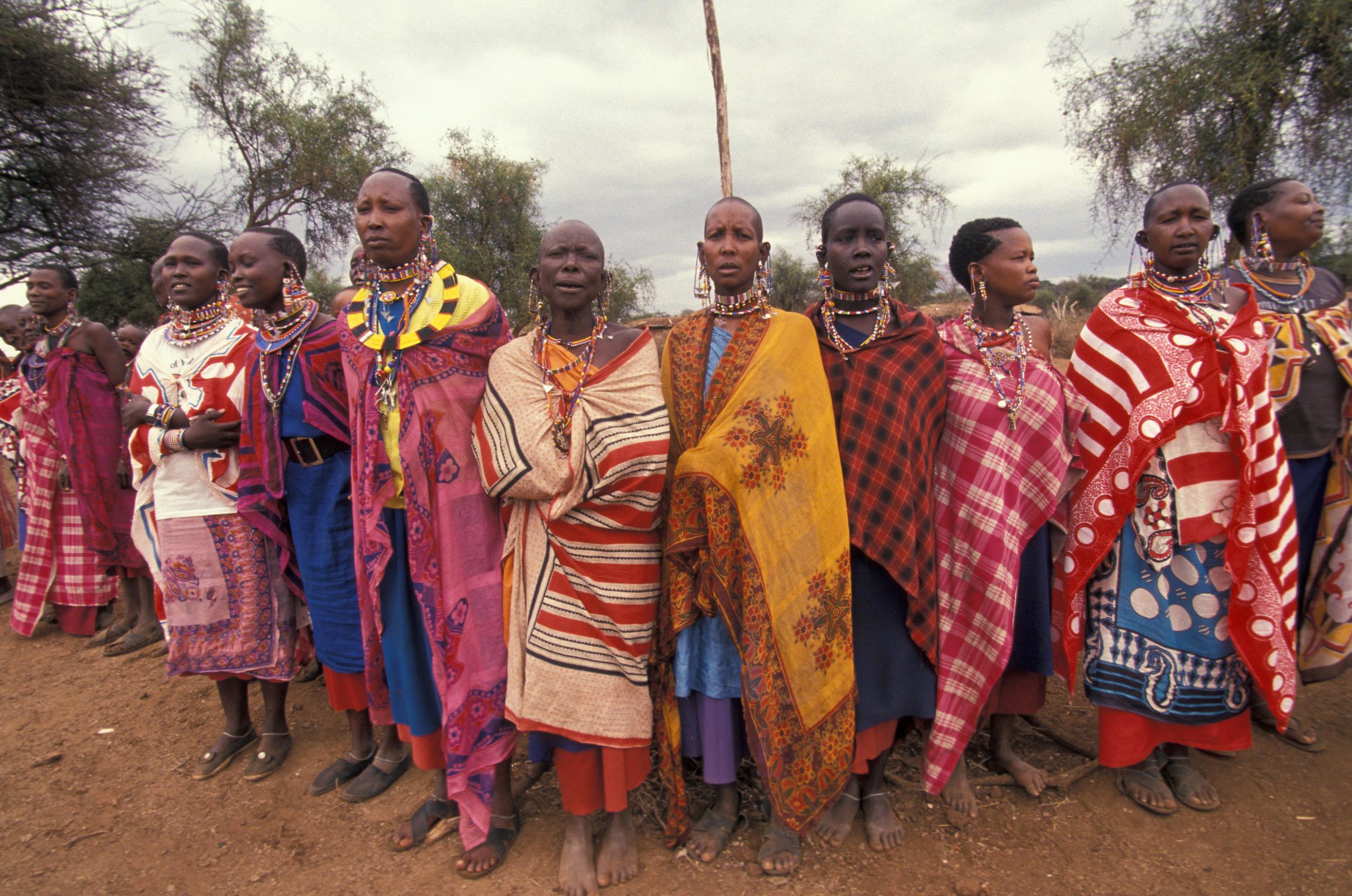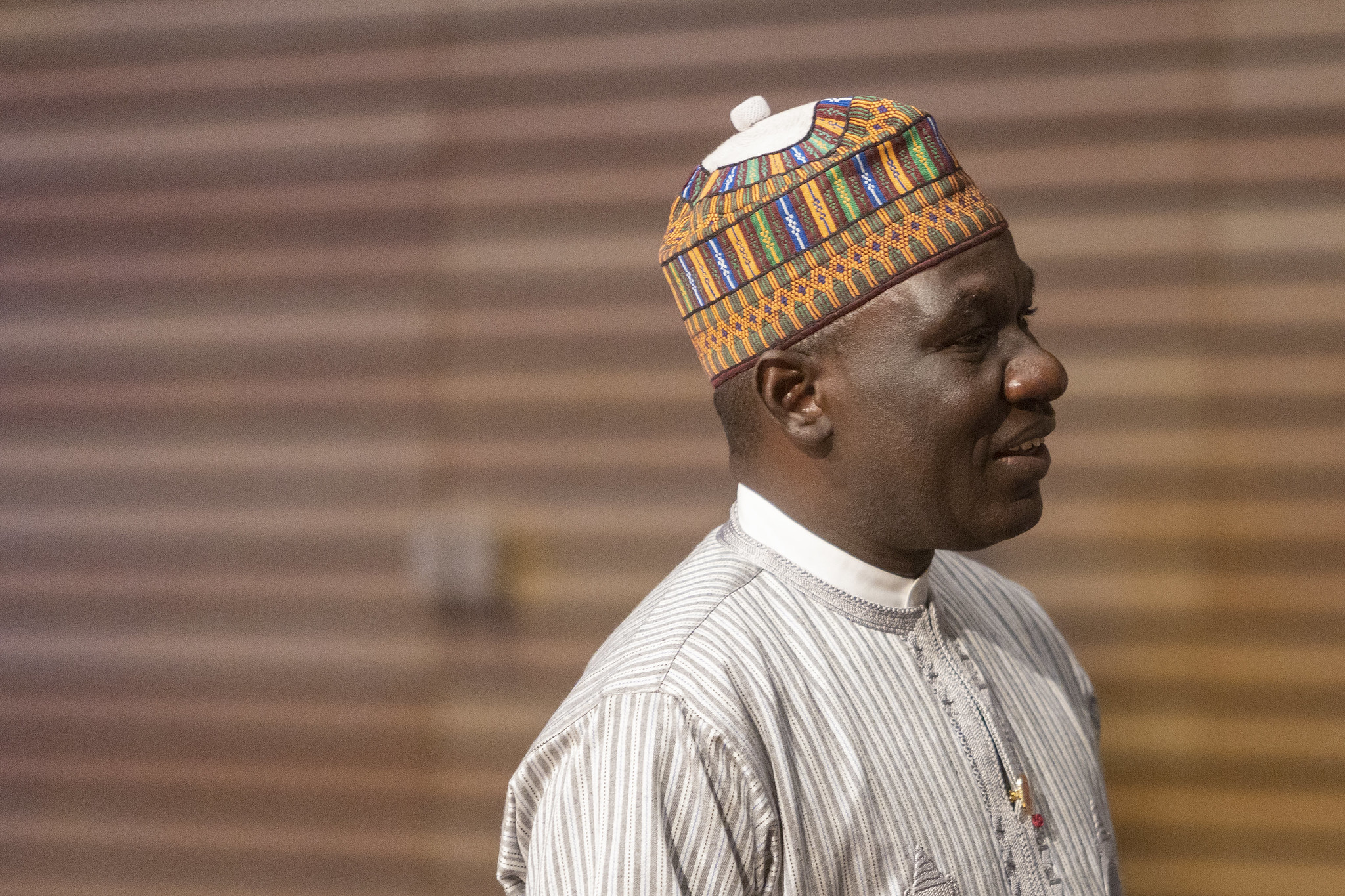DELIVERING DEVELOPMENT IMPACT TOGETHER
Partnership
Since 2008, a forum of senior staff from both multilateral and bilateral development institutions have met to help foster collaboration among Development Finance Institutions (DFIs) to enhance development impact through common development indicators. The Harmonized Indicators for Private Sector Operations are the first tangible result of this partnership.
Collaboration
The Harmonized Indicators MoU reflects the commitment of 28 DFIs toward long-term collaboration and, most importantly, a focus on better serving their clients.
Efficient data monitoring
The MoU sets out 38 reporting indicators for DFIs’ shared clients. This helps reduce clients' reporting costs and frees up time for them to focus on what matters most: delivering results on the ground.
Data for development
Thanks to these indicators DFIs are now able to look at projects across institutions with a set of common metrics, which increases their ability to learn from each what works and what doesn’t, thus contributing to better direct resources for development.

